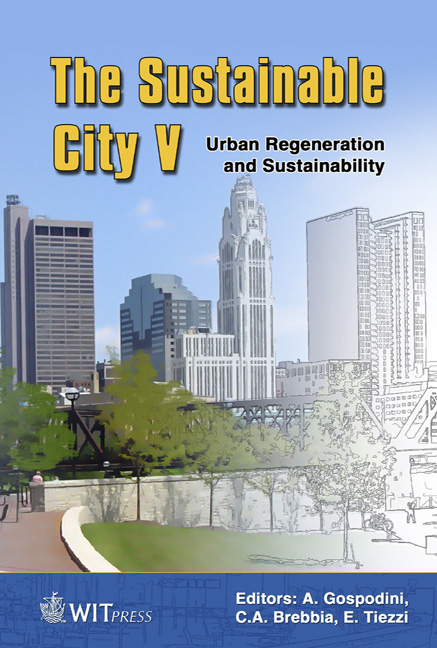Urban Movement Patterns Related To Shopping Centres – The Example Of Lõunakeskus In Tartu, Estonia
Price
Free (open access)
Transaction
Volume
117
Pages
10
Page Range
475 - 484
Published
2008
Size
568 kb
Paper DOI
10.2495/SC080451
Copyright
WIT Press
Author(s)
A. Kluge, T. Rõivas, D. Antov, T. Oja & Ü. Mander
Abstract
The shift from an industrial to an information society has changed consumption as we know it. The need to consume has been replaced by the desire to do so. The changes have also occurred in urban transportation, where the private car usage has risen to new heights all around the world. These changes have revolutionised the places and modes of consumption. Personal, highly specialised small corner shops are being replaced by large shopping centres on the fringes of post-industrial cities. A survey we conducted at Lõunakeskus, one of the biggest shopping centres in Tartu, Estonia, had a goal to find out the moving habits and analyze the traffic patterns created by the customers. The results show that a majority of shoppers access the shopping centre by car. The customers themselves show great variety according to their social background, making the shopping centre truly \“a place for everybody”. The majority of the customers visit the centre approximately 2–3 times a week and some important differences occur between the in-week and the weekend customers. The distance dependence occurring between the region of living and the modal split seemed to have reliance on the mode of living – the car usage was at its maximum in the low-density suburban regions in the transition zone, while the bus was used much more frequently in the more distant periphery zone of high density apartment blocks. The urban fringe shopping centres are still a relatively new sight in the landscape of Tartu, while Lõunakeskus was opened in 2001 as the first big shopping centre in south Estonia. Keywords: modal choice, shopping centres, urban movement, public transport, transport planning.
Keywords
modal choice, shopping centres, urban movement, public transport, transport planning.





